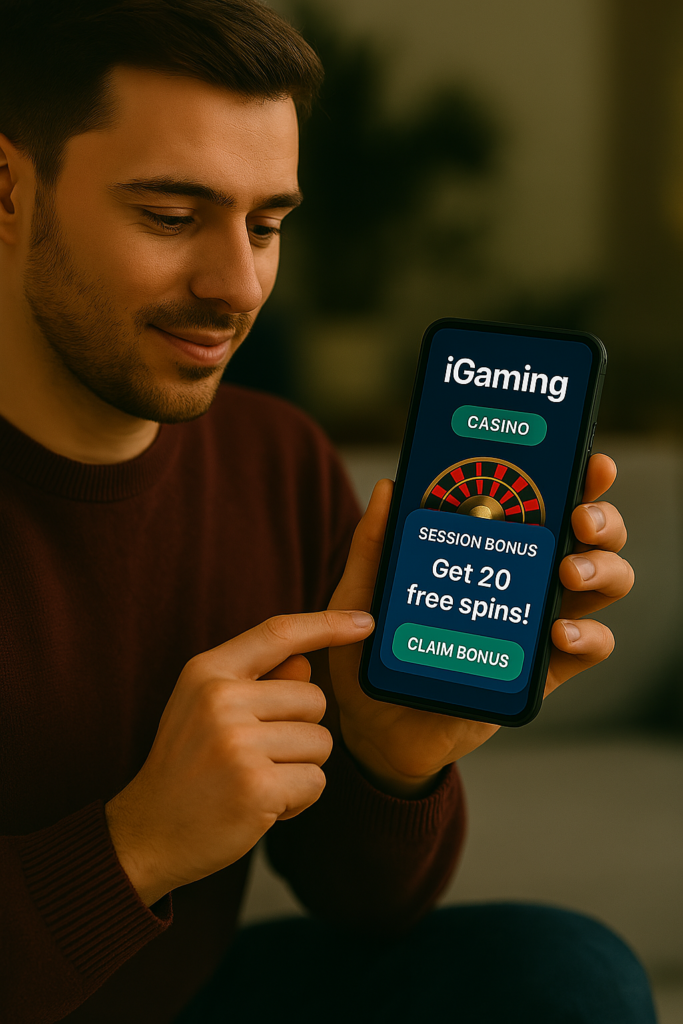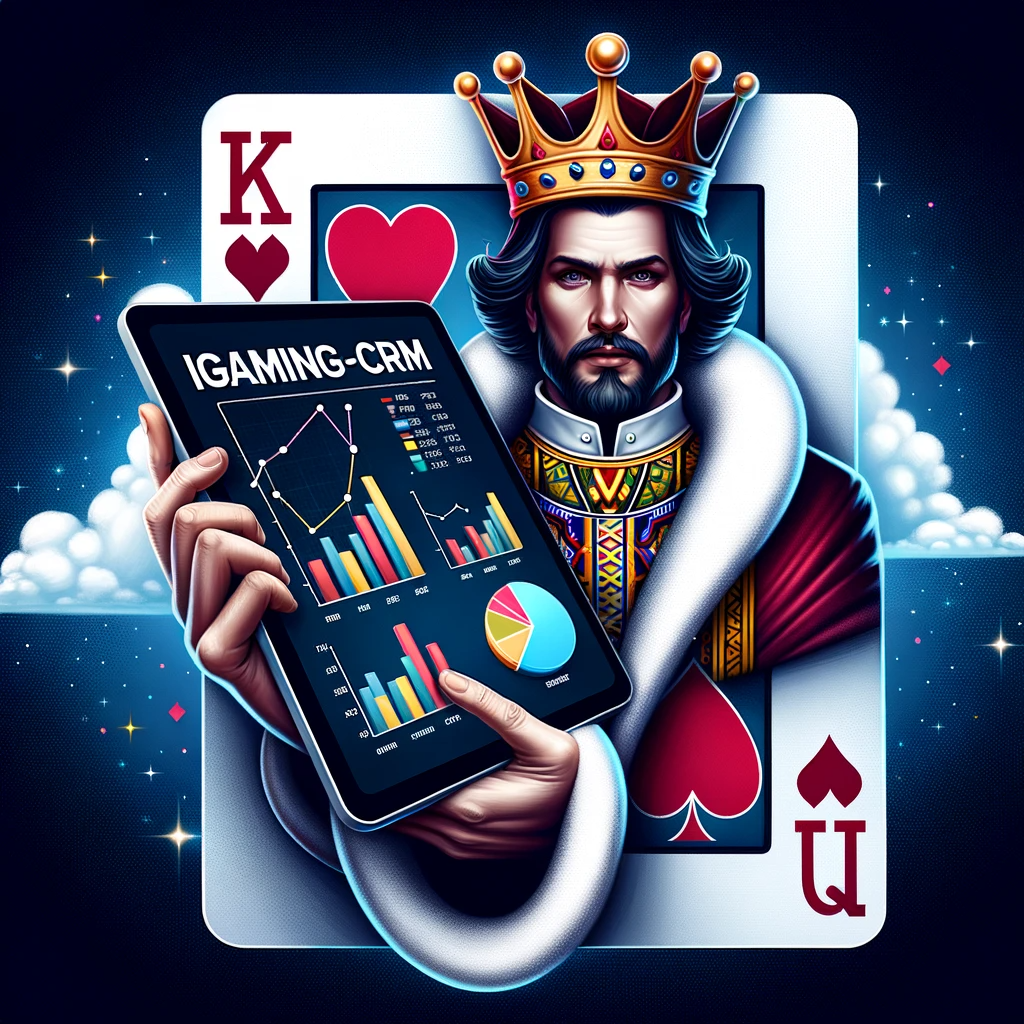Micro-Moment CRM in iGaming: Real-Time Player Targeting

There’s a shift happening in how iGaming platforms think about CRM. It’s not just about sending the right message anymore. It’s about sending it at the right second.
Welcome to the age of micro-moment CRM.
These are the split-second decisions players make, to place a bet, leave a table, top up their wallet, or quit the session altogether. And these moments carry more weight than most campaigns ever will.
The platforms that learn to act during these micro-windows? They’re the ones pulling ahead.
What Are Micro-Moments, Exactly?
Think of a player scrolling through a sportsbook. They tap to view odds. Pause. Their screen idles. Then they back out. That hesitation, that tiny behavioral tick, is a micro-moment.
Micro-moments are behavior-driven cues that suggest what a player is feeling or intending before they explicitly do anything. The smartest CRM engines respond before the player clicks away.
Not with a generic bonus. Not with spammy notifications. But with context. A targeted odds boost. A reminder of an ongoing promo. A nudge that makes sense for that moment.
These are not reactive messages. They’re anticipatory.
Why Micro-Moment CRM Is Taking Off
Here’s what’s changed:
- Players are impatient. If an offer or message isn’t relevant, they tune out instantly.
- Session times are shorter. You get one shot to keep them in the loop.
- Data pipelines are faster. Platforms now process behavior in milliseconds.
- Automation tools have matured. Trigger-based logic is now the baseline, not a bonus.

What this means is simple: platforms can now intervene not after an action is taken, but right as intent is forming.
Examples of Micro-Moment Triggers That Work
Here are the types of signals that power these real-time nudges:
- Exit intent: When a player moves the cursor toward closing the window or taps the back button on mobile.
- Bet hesitation: A user hovers on a betting slip without confirming.
- Loss streaks: A player loses three hands in a row on blackjack and slows down activity.
- Wallet drop: A player views balance, hesitates, and doesn’t deposit.
- Idle time: The session goes quiet for 30 seconds without action.
Every one of these micro-signals can trigger an intelligent CRM rule. But not all of them should. The key is restraint and relevance.
A player losing three bets in a row doesn’t want a confetti bonus. They might want a reminder of a cashback offer, or even a break suggestion to avoid tilt.
Micro-moment CRM isn’t just about knowing when to message. It’s about knowing when not to.
ALSO READ
Building CRM Journeys Around Micro-Moments
You can’t treat micro-moment triggers like normal campaign steps. They’re fast, unpredictable, and deeply tied to live player context. That means:
- Real-time decisioning: CRM logic must run with no delays.
- Event-based architecture: It’s all about triggers and webhooks, not batch segments.
- Behavioral tags: Players get assigned temporary labels like “wallet-hesitant” or “rage quitting.”
- Short-lived workflows: Messages expire within minutes if not acted on. No lingering promos.
Done right, these short bursts of CRM become invisible. The player doesn’t feel marketed to. They just feel seen.

Mistakes Operators Make With Micro-Moment CRM
Most platforms try to retrofit old campaigns into this new model. That never works. Some common missteps:
- Overtriggering: Bombarding users every time they hesitate backfires fast.
- Repetitive logic: Same bonus, same exit offer, same fallback? Users ignore it.
- Laggy systems: If your trigger is delayed by even five seconds, the moment is gone.
- No feedback loop: Micro-moment CRM must evolve. What worked last week might annoy players today.
Micro doesn’t mean minor. These moments are volatile. You have to handle them with nuance.
Where This Is Headed
Soon, most CRM tools in iGaming will default to micro-moment workflows. Static campaigns will fade. Players expect experiences tailored to their live behavior.
That means:
- Less time spent planning promos.
- More investment in trigger design.
- Smarter segmentation tied to real-time states.
- AI-assisted suggestions for what to offer, when.
CRM managers will become behavioral designers, not email schedulers. And players? They’ll stick around longer because the platform keeps pace with them.
